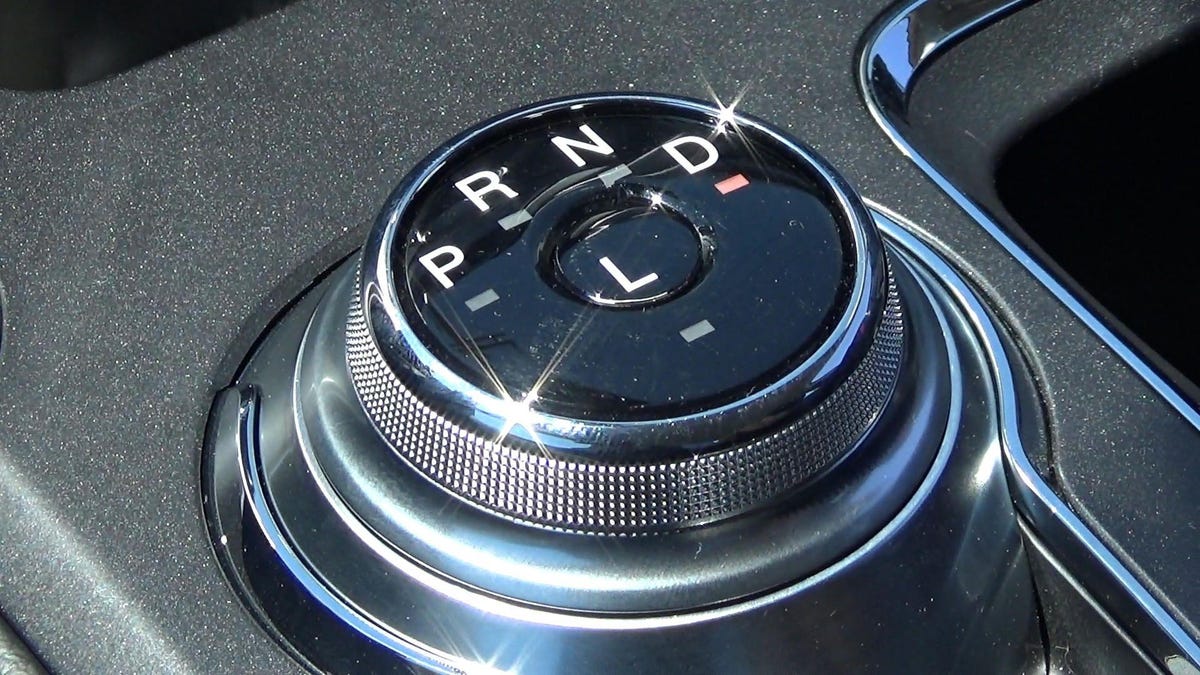How to really use your car's gears
You know what Drive means, but there's a lot of nuance in today's transmission.

My personal suspicion is that the 90/10 rule applies to the gears in a modern car: 90% of drivers use just 10% of the drive settings in their car. There are so many layers of gears, modes, and other fiddly selections it all starts to look like option theater. Of course, modern cars have these choices because they can: The electronification of the modern vehicle means its largely a matter of software and a few buttons to add all sorts of what appears to be amazing innovation. Here's what it all does.
Park. Some things in life stay blessedly simple. Use this when you park your car, but add the parking brake to it when you're on a grade.
Reverse. Takes you backwards, of course, but now almost always invokes some kind of camera and distance sensors. Know where the button is to defeat the annoying beeps of those sensors if you wish.
Drive. This one used to be about all you had to know about driving forward. While its still the main drive mode and will handle all shifting for you, there are a lot of modifications to it you can choose. Read on....
3/2/L are lockouts that simply limit the transmission to a certain gear and no higher. That lets you use your engine's resistance to help control speed on a downhill grade and also keeps the engine revving higher for better responsiveness, making it something of a poor man's Sport mode.
Sport. This makes the transmission stay in a gear longer before shifting up to the next gear. Like the lockouts above that keeps the engine at higher RPMs where its more responsive, but Sport mode usually also combines that with settings that make the throttle more responsive as well.
Eco. Basically the opposite of Sport mode. It tends keep the transmission in a tall gear longer, making the engine run at lower RPMs and saving you some fuel. It will typically dampen throttle response, in opposition to Sport mode. And it will make your car feel like a slug.
Manual. Even though your car almost certainly has an automatic transmission, it likely also has a Manual mode. Here you choose the gears, with two caveats enforced by the car's computers: You cannot run the engine RPMs too low to and lug the engine to a stall, nor can you run the RPMs too high where the engine would be damaged. .
Traction. Not strictly a gear setting, but closely related. If you are stuck in mud, snow or the aftermath of a Vaseline truck accident, you can defeat traction control to send power to the wheels that would otherwise be interpreted as wheel spin and interrupted by the car's computers. Most drivers today will just call a tow truck.

